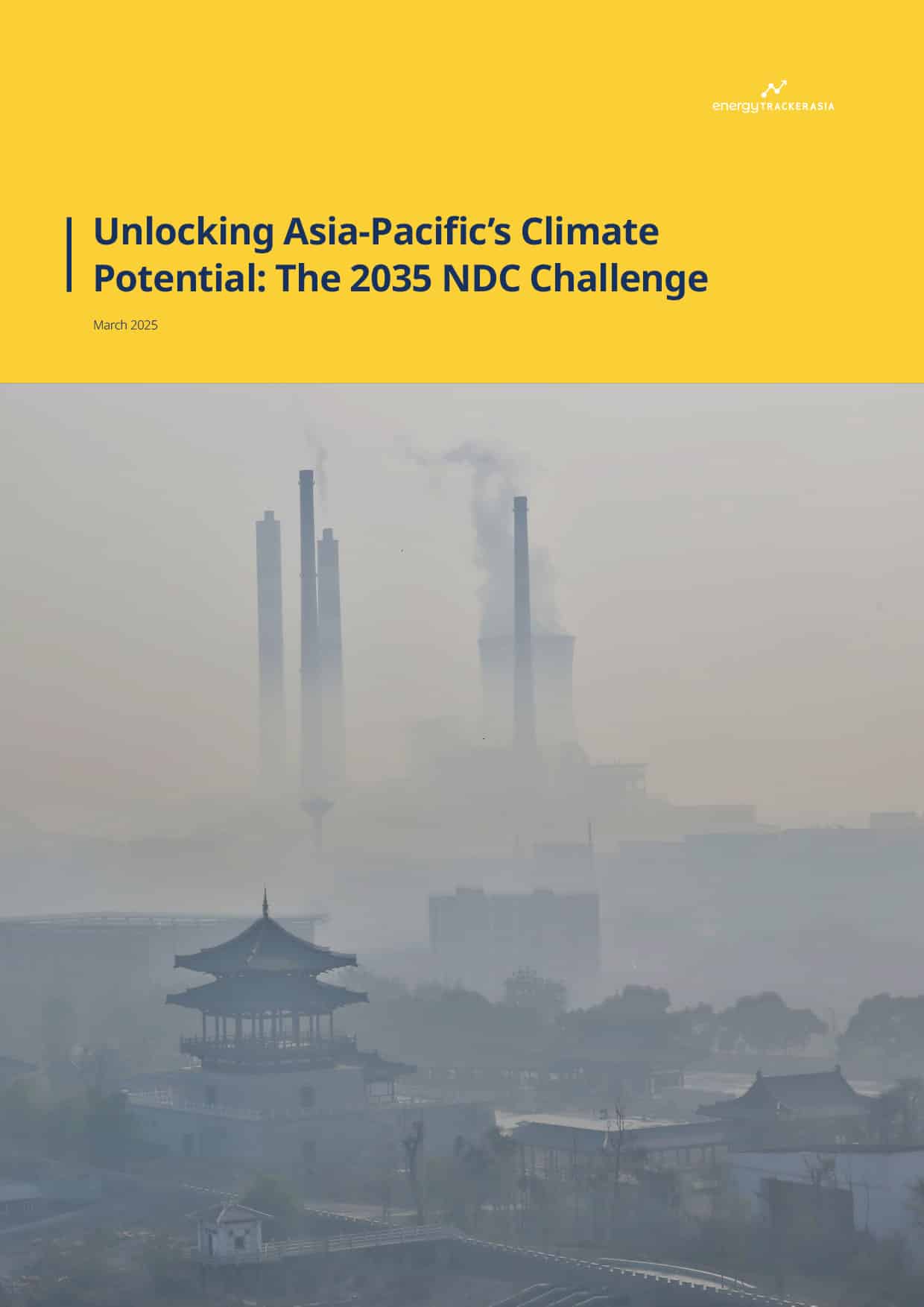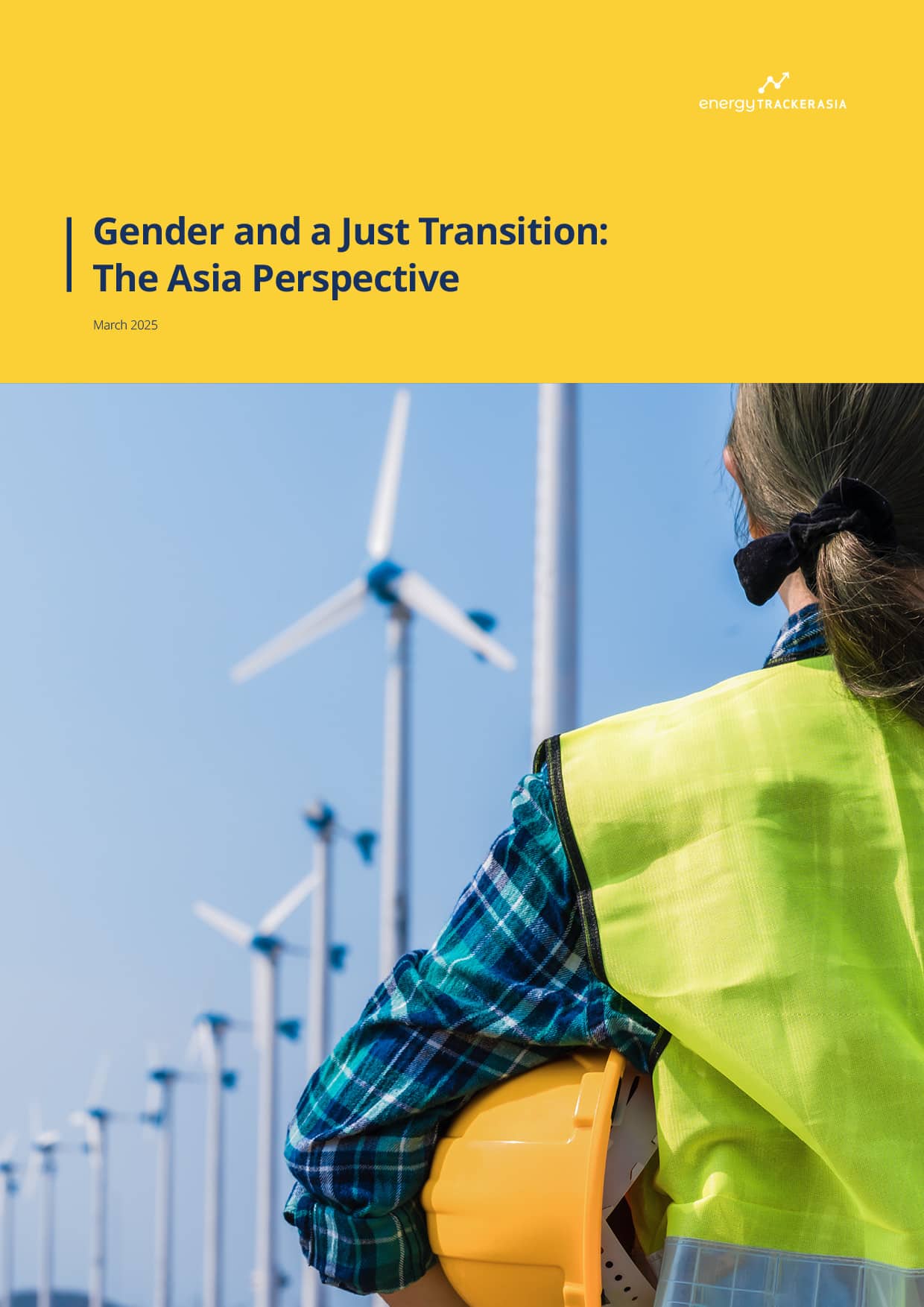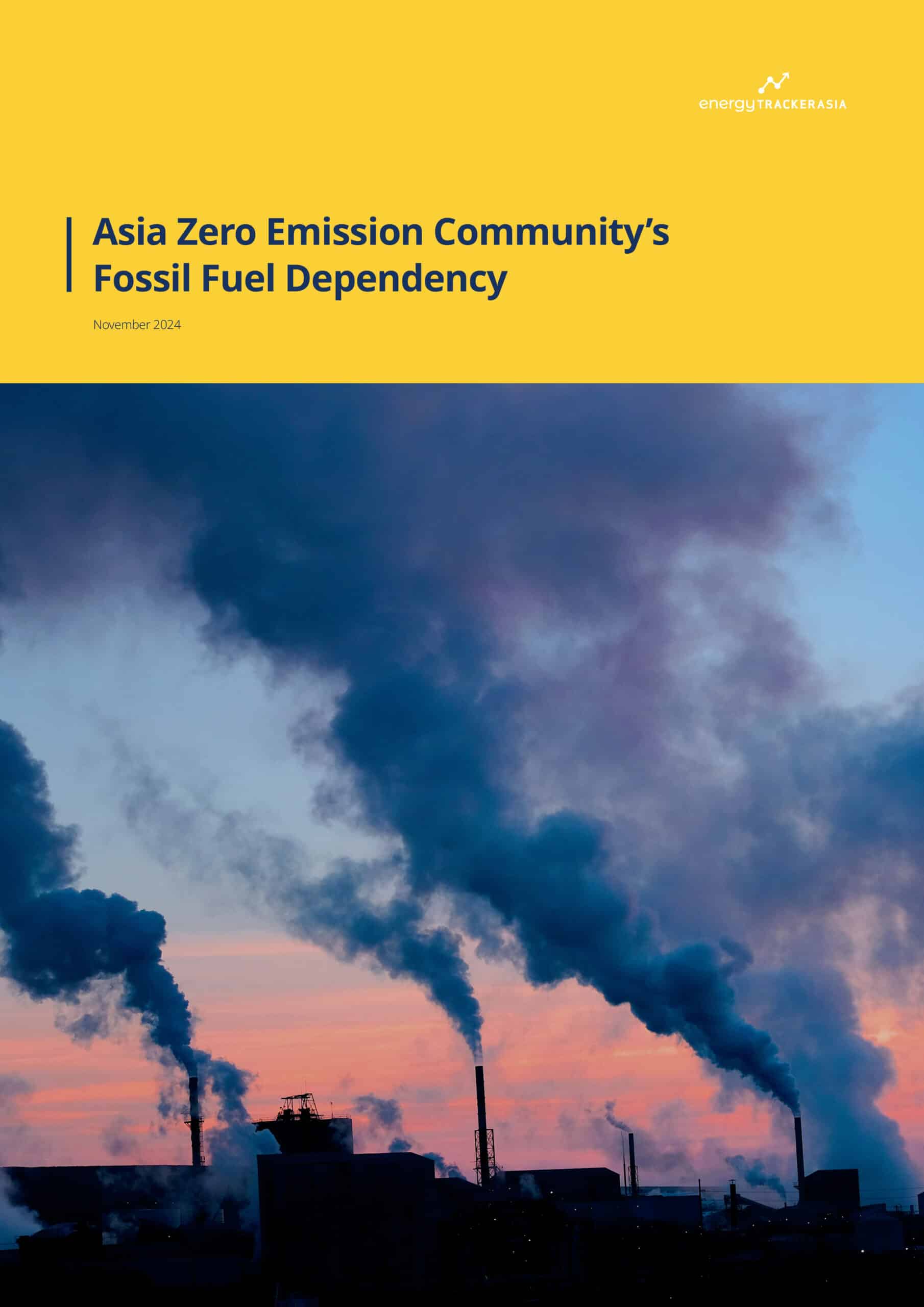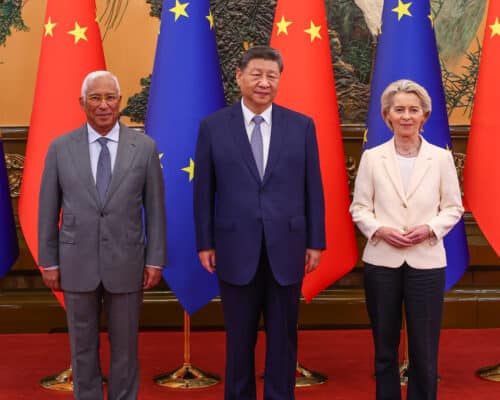Vietnam’s Solar Energy Boom: Lighting Up the Future
Source: The Flowful Collective
11 June 2025 – by Eric Koons
Solar energy in Vietnam has rapidly transformed the country’s renewable energy landscape, positioning it as a regional leader. Driven by surging energy demand, economic growth and the looming threats of climate change, Vietnam has recognised solar energy as a critical solution for securing its energy future. As a result, solar energy is a cornerstone of the country’s updated Power Development Plan (PDP8), which aims to reach 73 GW of capacity by 2030.
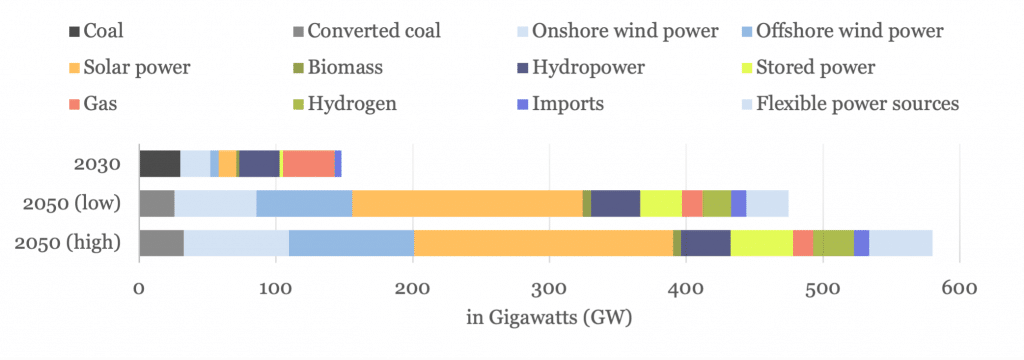
With fossil fuel resources dwindling and energy consumption projected to rise by approximately 10% annually through 2030, one of the fastest rates in Asia, solar power is essential for Vietnam’s environmental sustainability and economic resilience.
How Much Solar Energy is Installed in Vietnam in 2025?
As of 2025, Vietnam boasts an installed solar capacity of around 16 GW, a dramatic increase from approximately 4 MW in 2015. This growth trajectory has made Vietnam one of Southeast Asia’s leading solar energy markets.
Major solar projects significantly contributing to this capacity include the Trung Nam solar power complex in Ninh Thuan province, one of Southeast Asia’s largest solar farms with an installed capacity of 450 MW, and the Phu Yen solar power plant, delivering 168 MW. These mega-projects exemplify Vietnam’s capability and ambition to scale up renewable energy swiftly.
Policywise, Vietnam’s aggressive feed-in tariff (FIT) policies have been pivotal. The FIT schemes initiated between 2017 and 2019 offered attractive rates (around USD 0.0935 per kWh initially), spurring massive investment from both domestic and international developers. Recent policy shifts towards renewable energy auction caps and enhanced investment incentives continue to drive expansion.
History of Solar Energy Development in Vietnam
Vietnam’s journey into solar energy began slowly in the mid-2010s with small-scale installations hindered initially by regulatory uncertainties, limited access to capital and poor infrastructure. Early developments were sluggish, with less than 10 MW of solar installed by 2018.
Turning Point
However, a turning point arrived in 2017 when the government implemented an attractive FIT policy. By 2019, solar capacity had skyrocketed to almost 4.5 GW — a staggering 400-fold increase from previous years. This rapid expansion continued unabated, driven by favourable regulatory frameworks, cost reductions in solar technology and strong private-sector engagement.
Fostering Renewable Energy Investments
Significant regulatory breakthroughs, such as Resolution 55, aimed at fostering renewable energy investment, and advancements in photovoltaic technology significantly enhanced solar energy adoption. Vietnam successfully navigated barriers that previously hampered solar energy growth by addressing early challenges like upfront costs and project financing.
Ultimately, this rapid growth has pushed the country’s solar capacity from ranking 196th in the world in 2010 to ninth in 2021. ‘

Solar Power Potential in Vietnam
One of the reasons for Vietnam’s solar growth is its massive solar energy potential, particularly in its southern and central regions. Vietnam enjoys average solar irradiation levels between 4.0 and 5.0 kWh per square metre a day with some regions peaking at 5.5 kWh per square metre. Provinces such as Ninh Thuan, Binh Thuan and Tay Ninh are particularly favourable due to their sunny climates and substantial government support for solar development.
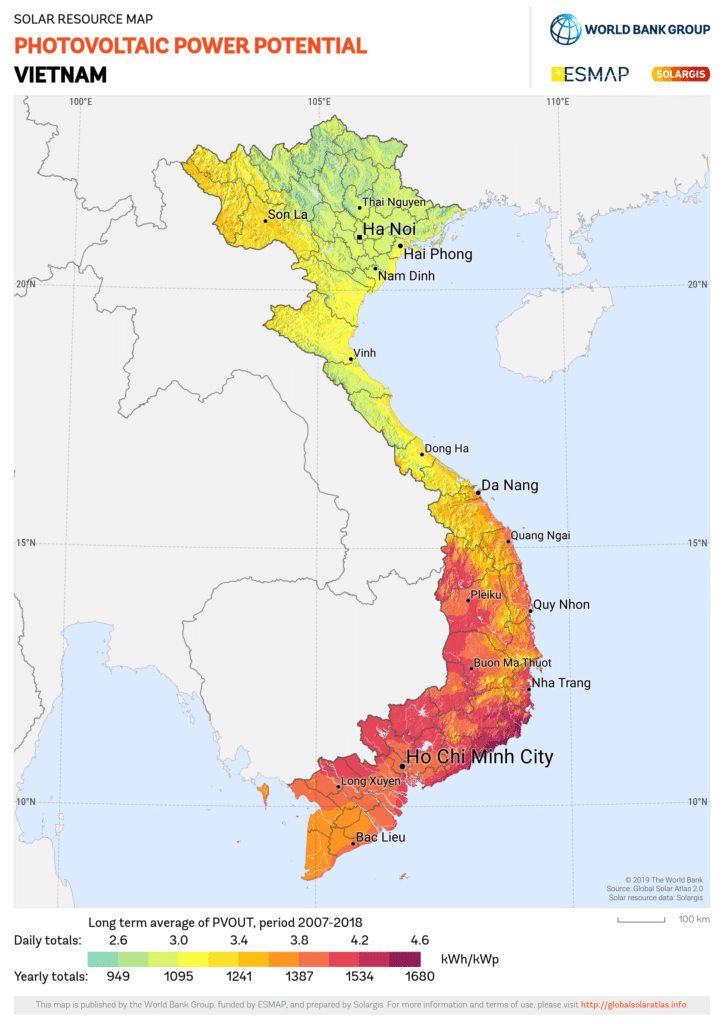
Furthermore, Vietnam’s uneven distribution of power production and consumption enhances its suitability for solar energy expansion. While northern regions experience surplus energy production, southern regions face significant power deficits. Fortunately, the highest solar irradiation levels align closely with these southern areas, providing optimal conditions for solar projects with the lowest levelised cost of electricity (LCOE). Despite limited land availability and competition with agriculture, innovative solutions like floating solar installations on water surfaces, alongside vast rooftop solar potential, offer practical avenues to further develop Vietnam’s solar capacity.
This gives the country a technical solar energy potential exceeding 1,600 GW, far beyond its current installed capacity. This substantial untapped potential offers Vietnam an opportunity to become a major renewable energy exporter and significantly reduce its reliance on imported fossil fuels.
Growth of Renewable Energy Sector in Vietnam
Vietnam must address significant infrastructure and policy challenges to sustain its solar energy momentum. A critical bottleneck exists in the transmission and distribution infrastructure. While utility-scale solar plants and rooftop installations take around nine months to develop, the grid upgrades necessary to accommodate this growth take an average of three years. This mismatch has created substantial curtailment issues, undermining investor confidence and limiting the full potential of solar projects.
Recognising this, the Vietnamese government plans substantial grid investments totalling approximately USD 33 billion by 2030, some of which can be sourced from its Just Energy Transition Partnership (JETP). This investment aims to construct new transmission lines, upgrade power stations and implement smart grid technologies. Additionally, private sector engagement, exemplified by Trungnam Group’s USD 85 million investment in 500 kV stations and transmission lines in Ninh Thuan, is encouraged to accelerate infrastructure improvements.
Vietnam must also manage its dependency on imported equipment, predominantly from Chinese manufacturers, exposing it to geopolitical risks and supply chain vulnerabilities. Tariffs as high as 813% on certain solar exports to the US underscore the urgency for Vietnam to strengthen domestic manufacturing capabilities and diversify its international partnerships.
Moreover, establishing stable regulatory frameworks and enabling Direct Power Purchase Agreements (DPPAs) would attract sustained international investment, reduce constraints on renewable energy transactions and facilitate direct energy procurement by businesses. Piloting renewable energy industrial parks, implementing carbon markets and fostering innovation through public-private partnerships (PPPs) will further solidify Vietnam’s renewable sector resilience and global competitiveness.
Benefits of Solar Energy for Vietnam
Solar power in Vietnam presents significant economic, environmental and energy security benefits. Economically, solar power reduces dependency on costly imported fossil fuels, stabilises energy prices and boosts local job creation. Some estimates show that the wind and solar sector will create over 300,000 new jobs in Vietnam by the 2030s.
Environmentally, solar power significantly reduces Vietnam’s carbon emissions, directly addressing air pollution and climate change challenges. Currently, air pollution contributes to 60,000 annual deaths in the country. Moreover, solar energy enhances Vietnam’s energy security, reducing exposure to global fuel price volatility and ensuring a more resilient national power grid.
This strategic shift positions Vietnam as a regional leader in renewable energy and safeguards its economic future against external shocks and climate threats.
by Eric Koons
Eric is a passionate environmental advocate that believes renewable energy is a key piece in meeting the world’s growing energy demands. He received an environmental science degree from the University of California and has worked to promote environmentally and socially sustainable practices since. Eric’s expertise extends across the environmental field, yet he maintains a strong focus on renewable energy. His work has been featured by leading environmental organizations, such as World Resources Institute and Hitachi ABB Power Grids.
Read more